Titleist TSR Drivers
What a journey Titleist has been on the past six years. It was that long ago when the company sat down and decided to take a very introspective look in the mirror when it came to metalwoods. Turns out, it was one of the best things they ever could have done. You see, it was at that time when Titleist was making good drivers in their 900-series. They were often applauded for their playability, but there was something missing. Speed.
So, the “Titleist Speed Project” was established, and the company set out to create a product that could stand toe to toe with any other in the marketplace not just in playability, but also sheer speed and power. First came TS which was a notable jump from the 900-series, but it was the TSi which kicked the door down for the company. The TSi has been the #1 driver on Tour, something many other companies have practically sold their soul to achieve.
Where do you go from there though? According to Titleist, you re-invent and refine.
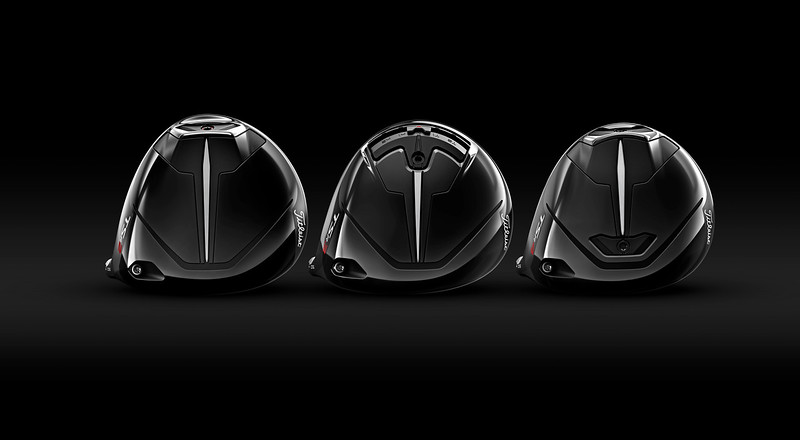
Titleist TSR Drivers
When Titleist brought their ATI 425 Aerospace Titanium face to the table with TSi, they did something many companies had convinced themselves wasn’t possible anymore by creating a lineup of all titanium drivers that could compete with anything out there in every performance measurable. With that in mind, it should be no surprise that Titleist is once again out to prove to the industry that composites are cool, but Titanium isn’t at all out of style.

The TSR drivers represent refinement for the company. For two iterations they have pulled out all the stops to create a framework which put them as a must try driver company. With that achieved, the move now isn’t to just regurgitate it, but to refine and fine tune it.
A major part of the TSR design is the increased attention to aerodynamics on all three heads. These refinements visually go from very subdued in the TSR3 and TSR4, to much more notable in the TSR2 which showcases a much more traditional and flowing shape than the TSi2. Additionally, the goal was to remove as much drag as possible, and this was achieved with each head having a new “boat tail” shape.
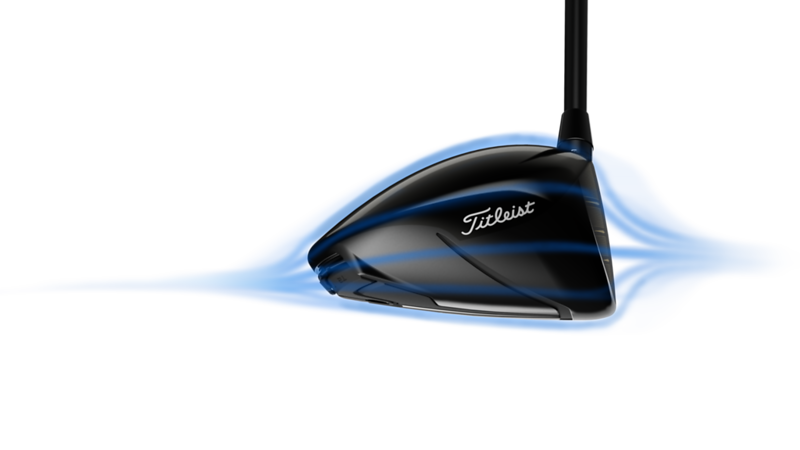
Massive focus was also put on the face of each TSR driver. Now, don’t worry, the aerospace titanium which many fell in love with on the TSi’s is still present and accounted for, but that doesn’t mean there couldn’t be improvements, particularly in the variable thickness to improve speed production and retention. Two different VFT designs are in play with TSR, “Multi-Plateau VFT” with the TSR2 and TSR4, and “Speed Ring VFT” in the TSR3.
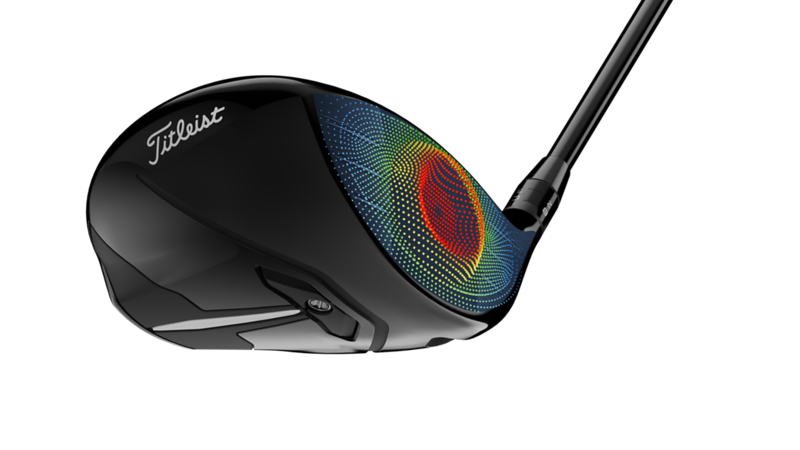
The Multi-Plateau design in the TSR2 and TSR4 is built inward individual layer by layer to regulate the face to create an almost constant CT over the entire surface making for more retention and forgiveness on off-center strikes. With the TSR3, Speed Ring VFT is all about centering the maximum COR/CT relationship right into the sweet spot giving those who find the middle of the face maximized speed potential.

While the above signifies the hot-button design features in the TSR lineup, each club is also worth diving into individually for a more clarified picture.
Titleist TSR2 Driver
The TSR2 is a 460cc design which is the most forgiving of the three TSR options. This is the driver which offers speed and stability above all else to ensure performance across the face with the previously discussed “Multi-Plateau VFT” being a major part. Interestingly, the CG in the TSR2 is lower and forward than the TS2 and TSi2, according to Titleist this is all about ball speed and launch/spin condition optimization.
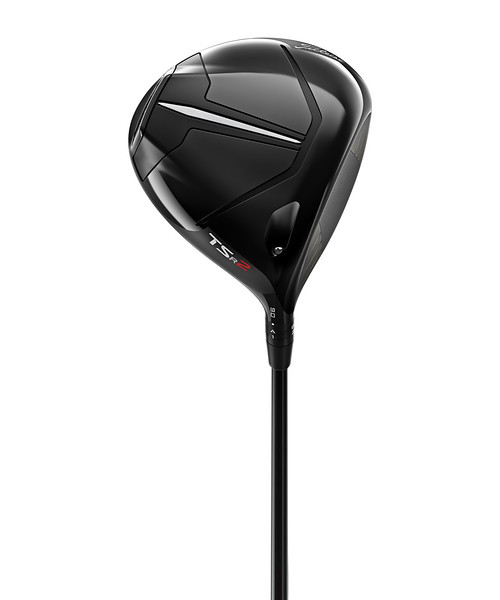
Rounding out the high launch, low spin design is a “reimagined” look. Basically, it looks like the TSR2 went on a diet and came back with a look that even the pickiest players will now get along with. A better shaping in the rear getting rid of the quasi-angular look of the TSi2 as well as a refined toe shape make for a driver that looks like a classic Titleist head. Not to mention, gone is the out of place silver finish on the sole, now the TSR2 blends seamlessly to its siblings.
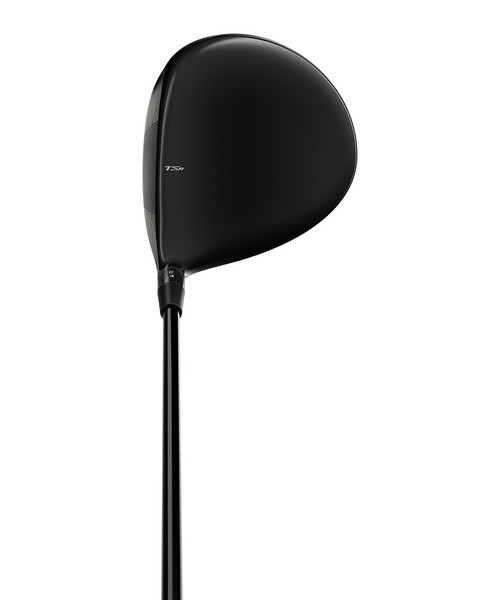
Length: 45.5”
Loft Options: 8.0 in RH and 9.0, 10.0, 11.0 in RH/LH
Titleist TSR3 Driver
Another 460cc clubhead, the TSR3 builds on what was the most popular clubhead in the TSi driver release. The goal was to keep the player’s profile but fine tune it by understanding that type of golfer is one that tends to live in the center of the clubface. That is where the aforementioned “Speed Ring VFT” comes in to maximize the CT/COR relationship in the sweet spot. Speaking of that sweet spot, it is now even more tunable with a reimagined CG Track System which is more efficient at dialing things in for the player than the previous version.
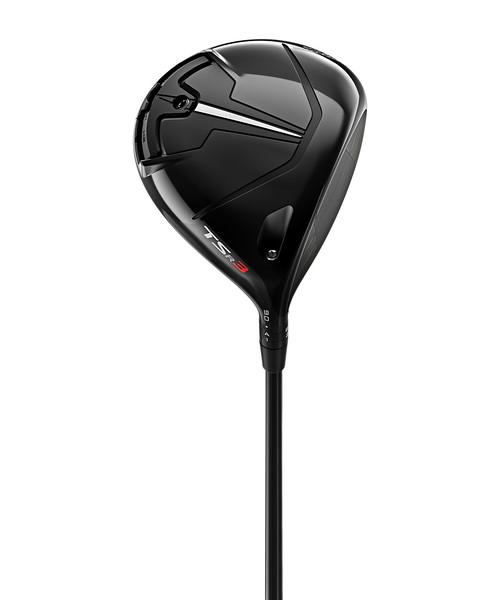
Visually, the TSR3 will look extremely familiar to those who spent time with the TSi3. This was intentional as there was no need to overhaul what was already massively successful. Instead, there were subtle tweaks to improve the aerodynamics to make the mid-high launch and low spin design stand out even more. In fact, based on the early Tour adoption rate, this is once again going to be a big hitter for Titleist.

Length: 45.5”
Loft Options: 8.0, 9.0, 10.0 in RH/LH (10.0 is custom in LH), and 11.0 in RH (custom)
Titleist TSR4 Driver
Finally, the TSR4. What we have here is, contrary to early rumors, once again a 430cc driver design that visually is one of the most classic looks we have seen. Make no mistake, this is a low-spin and mid-low launching clubhead aimed at the better player and those who struggle to keep spin below 3,000 RPM’s.
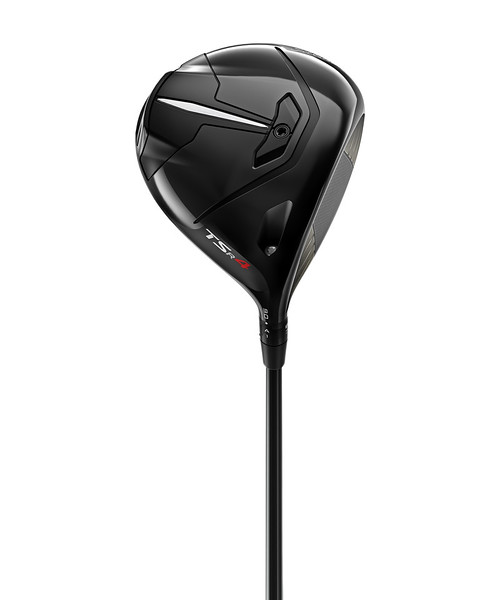
Where the TSi4 was a very demanding low and forward CG driver, the TSR4 will undoubtedly keep some of that demand, but Titleist has done much work to increase the playability. First, the application of the new “Multi-Plateau VFT” face also used in the TSR2 seeks to add notable consistency in speed and distance which the TSi4 did not have away from center. Second, the TSR4 features a two-weight system with the option to place a heavy weight in a forward port, or a rearward one which Titleist states turns the club into a TSR3.5 of sorts.
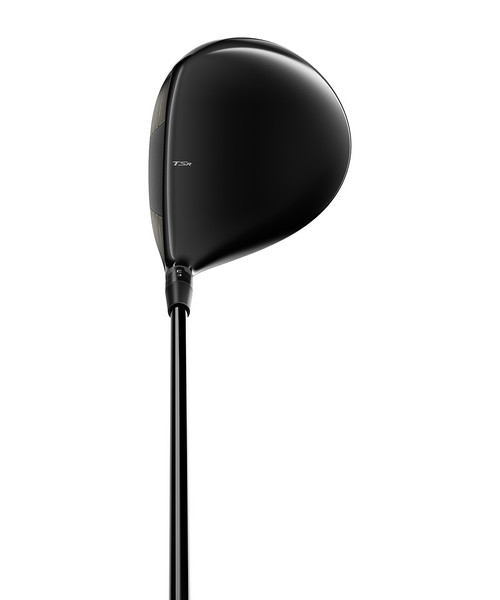
Length: 45.5”
Loft Options: 9.0 in RH/LH, 8.0 and 10.0 in RH
The Details
The new TSR drivers will hit stores on 9/23/2022 and feature a breadth of no-upcharge and custom shaft options. As standard, the lineup will offer Project X’s HZRDUS Red CB and HZRDUS Black 4G, as well as the Mitsubishi Chemical Tensei AV Blue with Xlink and Tensei 1K Black. More than that, for a $200.00 upcharge the Graphite Design Tour AD UB, Tour AD IZ, and Tour AD DI will also be available. Yes, there is a full catalog of other full upcharge shafts, but the Graphite Design “Premium” level option is quite cool to see. The TSR drivers will be priced at $599 for the standard options, and $799 for premium.
What do you think of what Titleist is bringing to the table this year with the TSR drivers? Do you plan on seeking them out to try? Jump in and let us know all your thoughts in the comments below or directly on the THP Community!












I had not even heard of that shaft yet! With the love they get for their putter shafts, it should be great!
X comes out on Nov 1! Reading about their new wedge shafts now too.
It is awesome when a company gets it right!
The R sounds better all around. It has more of a crisp sound, and even when it’s not a center strike it sounds really good.
Later today, I’ll post an analysis of my fairway performance at Ballyhack, how it compares to my previous average, and then we’ll see how I settle out in my round this weekend.
One thing’s for sure, I’ve never been so excited to get out to range sessions before
Love the looks at address and the impact sound that is GREAT to my ears.
Ok so I think I take this comment back. I hit both of these back to back and will post videos of both. The TSI in person is definitely louder and tingy, like my 915, which I like. It’s so weird, when I first got my TSI I thought it was so much more muted than the 915, and didn’t really care for it. When I was getting fit for the R, it sounded so much better than the TSI, that higher pitch tone that I like. But today it turns out the I sounds better to me, which is just so weird. All the videos of the tour guys hitting the R it sounded so much more crisp and I loved it. I hope you guys can tell a difference in these
View attachment 9124033
View attachment 9124032
Great Job…You can definitely tell the difference.
2nd best was 9deg tsr2 lofted up .75 and upright. 75 with tensei blue
Access to entire lineup of heads and shafts is almost imperative to relieve doubt or questions
View attachment 9124161
See, the i is more of a cracker. Sharper, crisp ting. R has more depth. Instead of just sounding quick it sounds smashed.
Oh and talking about the forgiveness on tap here? Had one that I made a bad over steep swing and barely got half the ball onto the face high center…143 ball speed and still carried nearly 250. I absolutely have no right to get away with that, and this driver lets me do it.
Not sure how much I’ll have after this week, but I’m going to work every single angle with it. Get extra and see what’s what. It’s definitely more forgiving overall, so let’s see just how much.
Coming into the event:
View attachment 9124168
That’s overall driving. Not great accuracy wise. That includes all clubs, but driver isn’t much different at 28%.
Round 1 at Ballyhack: 8/14 FW (57%)
-Hit driver 7 times, 3 fairways (43%).
-Hit 4w 1 time, 1 fairway (100%).
Round 2 at Ballyhack: 5/14 FW (36%)
-Hit driver 7 times, 0 fairways (0%).
-Hit 4w 2 times, 1 fairway (50%).
So takeaway is that actually despite my struggles day 2 with driver, my performance day 1 was actually better than my recent average fairway percentage, and averaging both days I’m not much below my average. And that’s on a fairly tough (and unfamiliar) driving course with a brand new club. Certainly not a bad place to start. I’ll be updating the thread as things progress and I get a little more familiar with the club, but I’m thinking we’ll see those numbers start to climb.
Also will have to post in the TSR Fairways thread, but the 4w acquitted itself super well off the tee – I only missed 1 fairway with it. Definitely a great dial back club for safe shots.
The 1k shaft is a poor fit for me, and that showed pretty quickly. I will say the driver is quite forgiving and my lateral dispersion was pretty solid.
Sadly, my Ventus didnt offer any better results.
Overall, I love the new shape of the 2 model. It looks great. It sounds pretty good.
But when switching back to my Stealth, it was pretty clear the two setups I tried couldn’t hang with my driver.
I intend to try out the TSR3 model, as I used to like the i model 3 better than the 2.
Both sound great!
I had the TSi and now have the TSR3. I actually prefer the shaft on the I than the R. I am waiting for my Graphic Design shaft to arrive tomorrow to swap it out. The 1k is too whippy.
View attachment 9124677
Of note, driver was hit 10 times and I hit 3 fairways. The penalty stroke was actually not a driver (pull hooked hybo, don’t wanna talk about it ?).
Fairway percentage was about on par (just slightly better) with my previous rounds average on Shot Scope, but of note is it was 55 degrees, windy (20-25mph most of the day) with on and off rain, and with very little roll. So in adverse conditions, I more or less hit the same amount of fairways as in good conditions.
Distance wise, 264 P-avg is on the short side for me, but very solid considering the windy conditions and lack of roll. I feel pretty confident the distances were better than I would have gotten with my lower spin setup because it was an all carry kind of day, plus you know, TSR ball speed ?. Hell, my longest drive of the day was actually a slight block ?
Now, are there issues? Hell yes, but I don’t think they’re the club’s fault. I still have a nasty tendency to get stuck behind it, which led to a couple big blocks and one nasty pull. It comes back to the swing change I’m in the midst of that hasn’t fully landed yet, but once I get more comfortable with it I think I’ll be able to find a lot more fairways. The only thing I’m a little unsure of equipment wise is the shaft – it’s lighter / higher torque than what I have in my Epic Max LS, and as a result I feel it more. I’m just not comfortable with that feeling just yet. Gonna give it more time before changing anything, but I have considered putting something a little heavier and a little more torsionally stiff in there.
Overall a decent first outing though, and have some things to build on. TSR speed was definitely noticeable on a day when the ball wasn’t really traveling, and it’s a driver I can stand over with confidence that it will bail me out of anything but a trash swing to reward me with solid distance and a playable trajectory.
430cc’s and I’m getting away with murder.
Going to try the Kinetixx Velocity in it soon, my old gamer, but I did get a shipping note which I think might be the Ventus Black 6X I was fit to come home in one piece….?
Sidenote the course management probably hate me the last few weeks at the place nearby as pretty much all my drives have gotten to the woods on the range except one I smoked and I think it landed in the body repair shop parking lot across the street ??
I see you’re in VA … what range?
Belmont Golf Club. Pretty place. Great practice facilities, nice course, good par 3, and a big 18 hole putting course.
I’ve played there. Nice club
I was hoping to get it in this week for a couple of events I’m playing in, but its looking like it’ll ship by Friday. Will post some more thoughts once I get it out on course!
Nice man! I love getting it out on the course. I’ll probably take a few days off the range until later this week as I got a ortho surgeon looking at the back to hopefully finally put the issues to rest. Part of me really wants to take to a local open this weekend as I think the course would be perfect and maybe could really go low if the drives are there.
I played 14 holes, and hit driver on 8 of them. I only hit 2 fairways of the 8, but 4 were just steps off the edge of the fairway, one was in the creek, and one other clipped tree branches near or over the tee box.
On the clean strikes, I had drives of 294, 271, 257, 292 (fairway), 253, and 263 (fairway; this one felt and looked the best off the tee). The distance gains are here. None of these were wind-aided, like last week’s, either.
I tried to channel my inner @Kmench on #2, which is a hole I never hit driver on because it is a terrible decision to do so with my usual shot shape. This fairway slopes to the creek on the right side beyond the dogleg corner, and I bounced one into it:
View attachment 9124894
This makes me SO damn happy for you!!
I know we had at least 1 guy in the group that used to have a Stealth @bigbov? If you haven’t tested these, you need to at least do that and do a head to head. I think you’ll find that even with a bad swing on the TSR you’ll get more forgiveness out of it than the Stealth. The good swings, the TSR will be that much better for you.
Wasn’t me… had a Ping G410. You are so right on about the bad swings w/ these though. I have a lot of bad swings and the TSR3 just makes my misses so much more playable.
Can confirm, even the TSR4 is better laterally than the Stealth.
@Roadrunner how does it compare to the Stealth now?
Improved distance, dispersion is much better, sound and feel are about the same. When I get home from vacation/work trip, I’m going to start playing with driver settings and see how they look on my R10 monitor.
Oh you have to tell me how this goes. I’m expecting some ???
Then you can pass the shaft off to me when I get my TSR3 in two weeks
You at the O? I’m about to leave work for the day lol
If a sign shows up that says ‘No drivers’, practice your prideful innocent face.
View attachment 9125030
View attachment 9125031
View attachment 9125032
View attachment 9125033